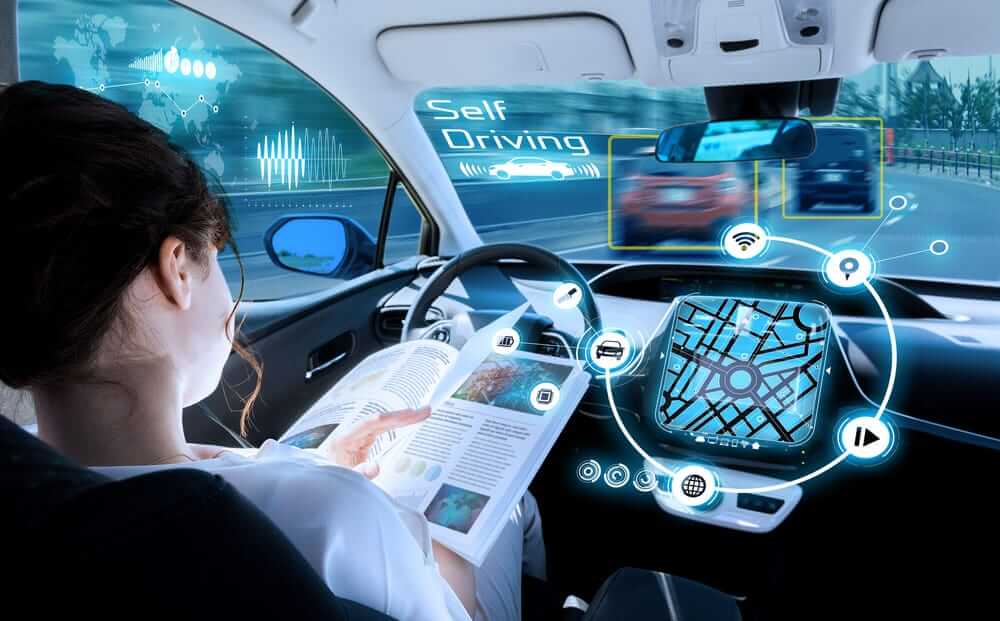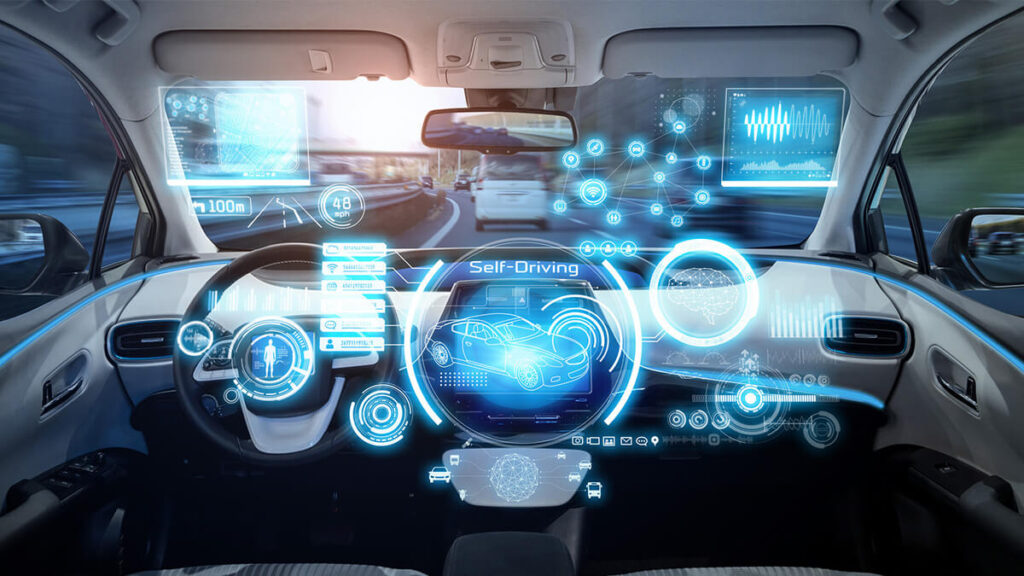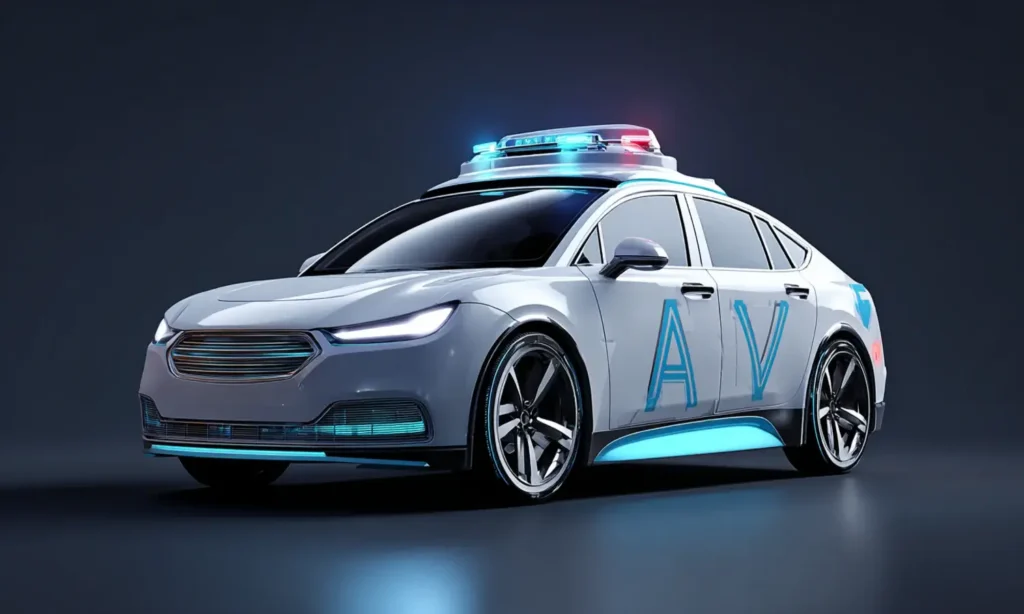As autonomous vehicles (AVs) accelerate toward mainstream adoption, the roads ahead are not just paved with technology—they’re lined with legal challenges and ethical complexities. Who’s to blame in an accident involving a driverless car? Can artificial intelligence make moral decisions? And how much data is your AV collecting about you?
In 2025, the spotlight is firmly on the legal and ethical questions around driverless cars, and for good reason. These vehicles are changing not just how we drive, but how we define responsibility, privacy, and public safety.
Introduction to the Autonomous Vehicle Ethics Debate
Unlike traditional vehicles, self-driving cars are guided by algorithms, not human instincts. That creates a paradigm shift in legal responsibility and moral accountability. As machine learning replaces reflexes and judgment calls, lawmakers, developers, and ethicists must grapple with new questions:
- Who’s responsible when no human is driving?
- Can an AI system make a fair life-or-death decision?
- How transparent are the choices made by AVs?
The convergence of AI, mobility, and public safety demands a thoughtful and rigorous ethical framework.
Liability and Accountability in Self-Driving Incidents
One of the thorniest legal questions is: who’s at fault in a crash involving a self-driving car?
Potentially Liable Parties:
- Automaker: If hardware like brakes or sensors fail
- Software Developer: If the AV makes a poor or biased decision
- Owner or Passenger: If they misuse or override the system
- Fleet Operator (e.g., Waymo, Cruise): If the AV is part of a ride-hailing service
In 2025, many jurisdictions still handle these cases on a per-incident basis, often relying on outdated traffic laws. This legal gray area slows AV adoption and complicates insurance claims.
Ethical Dilemmas in AI Driving Decisions
Self-driving cars occasionally face decisions that require prioritizing one life over another. This raises the famous trolley problem: Should the car swerve to save pedestrians if it puts its passenger at risk?
Other real-world scenarios include:
- Choosing between hitting a stray animal or swerving into traffic
- Deciding whether to run a red light to avoid being rear-ended
- Handling unpredictable pedestrian behavior
Today’s AI systems don’t “think” like humans, but they are trained to minimize harm based on data—not emotion. But what if the training data itself is biased or incomplete?
Transparency and Explainability in AV Systems
AI-driven vehicles often function as black boxes—making decisions that even their creators can’t fully explain.
Why Explainability Matters:
- Legal Defense: Courts need to understand AV decision-making
- Regulatory Oversight: Authorities must verify safety and fairness
- Consumer Trust: Users deserve to know how their car “thinks”
Companies are now developing Explainable AI (XAI) models to make decision paths clearer, especially in high-stakes environments like driving.
Data Privacy and Surveillance Concerns
Self-driving cars are mobile data centers, constantly recording:
- Location and routes (via GPS)
- Footage of surroundings (via cameras)
- Internal monitoring (driver attentiveness, passenger behavior)
- Diagnostic data (speed, braking, battery usage)
While this data is essential for safety and navigation, it raises concerns about:
- Mass surveillance
- Unauthorized sharing with advertisers or law enforcement
- Cybersecurity breaches
Governments and privacy advocates are pushing for stronger consent models and data minimization standards.
Regulation: Current Laws vs Future Frameworks
In most regions, AV laws are reactive, not proactive. This leads to:
- Patchy rules across states or provinces
- Limited guidance on ethics or transparency
- Case-by-case regulation after incidents
But in 2025, several regulatory frameworks are gaining traction:
- EU AI Act: Sets strict rules on high-risk AI systems, including AVs
- U.S. DOT Guidelines: Encourage safety reporting and pilot permits
- China’s AV Regulations: Mandate real-time data sharing with government agencies
The lack of global consistency complicates development and deployment, especially for cross-border fleets.
Case Studies of Legal Disputes Involving AVs
- Uber’s 2018 Self-Driving Fatality:
The vehicle failed to recognize a pedestrian crossing outside a crosswalk. The case raised questions about safety driver roles and software testing rigor. - Tesla Autopilot Lawsuits (2021–2024):
Several fatal crashes led to lawsuits over misleading marketing and lack of driver oversight warnings.
These cases underscore the need for clear accountability frameworks and ongoing performance audits.
Public Trust and Ethical Design
People are more likely to adopt autonomous vehicles when they:
- Understand how they work
- Believe they’re safe and fair
- Know they’ll be protected in case of failure
Transparency reports, voluntary audits, and public testing results help build trust.
Companies like Waymo and Cruise publish safety data and allow limited public access to their AVs to increase familiarity and comfort.
Autonomous Vehicles and Human Rights
Ethical AI design should also consider:
- Accessibility: Ensuring AVs are usable by the elderly, disabled, or underserved
- Non-Discrimination: Avoiding biased behavior toward certain groups or neighborhoods
- Affordability: Making AI-driven mobility inclusive, not elite
A future dominated by AVs must be equitable, not just efficient.
Insurance in a Driverless Future
Traditional auto insurance is built on the idea of driver fault. But when AI is behind the wheel, we need:
- Product liability models
- Manufacturer-funded insurance pools
- Real-time telemetry-based risk assessment
Some insurers already offer usage-based policies for AVs, while others partner directly with automakers for embedded coverage.
The Role of Governments and Policymakers
Governments play a critical role in guiding the ethical development and deployment of driverless cars. In 2025, regulatory approaches vary widely—from supportive pilot zones to restrictive bans. However, successful policies share common elements:
🚗 Proactive Governance Strategies:
- Dedicated AV Ethics Committees: To oversee the moral dimensions of AI on the road.
- Clear Testing Protocols: Requiring real-world and simulated data disclosures.
- Mandatory Transparency Reports: Detailing AV performance, incidents, and limitations.
- Public Engagement: Involving communities in testing, feedback, and trust-building initiatives.
Forward-thinking governments like Singapore, Germany, and California are creating “smart mobility sandboxes”—regulated zones for real-world AV testing under ethical oversight.
How Companies Can Build Ethical AV Systems
Leading AV developers are embracing ethics-by-design—baking moral and legal considerations into every phase of product development.
🛠️ Ethical Development Best Practices:
- Involve Diverse Stakeholders: Include ethicists, regulators, and local communities.
- Bias Testing & Model Auditing: Use tools to detect and correct algorithmic bias.
- Fail-Safe Protocols: Ensure safe defaults in ambiguous or dangerous situations.
- Ethical Scenario Simulation: Train AI on morally complex driving scenarios.
- Transparent Updates: Publicly share software improvements and ethical safeguards.
Companies like Waymo and Mobileye regularly publish safety reports, while others partner with academic institutions to ensure their AI aligns with evolving ethical standards.
Tools and Guidelines for Ethical AI Driving
Several global organizations have created standards and toolkits to help align AV development with responsible AI principles.
| Tool/Standard | Purpose |
|---|---|
| ISO/IEC 42001 (AI Management System) | Enterprise-wide AI risk governance |
| IEEE 7000 Series | AI ethics, transparency, bias mitigation, and well-being |
| OECD AI Principles | Fairness, transparency, accountability, human-centric AI |
| NIST AI Risk Management Framework | Structured approach to managing AI risks |
| Partnership on AI (PAI) | AV scenario planning and ethical decision frameworks |
These resources guide companies and governments toward safe, trustworthy deployment of self-driving technologies.
Conclusion
As autonomous vehicles take the wheel, the world must navigate a new landscape of legal responsibility, ethical decision-making, and digital trust. While the promise of AVs includes safer roads, reduced traffic, and greater accessibility, these benefits must not come at the cost of privacy, fairness, or accountability.
The brands, governments, and developers that succeed in this space will be those who treat ethics as a core design principle—not an afterthought. In doing so, they’ll help shape not only the future of transportation but also the moral compass of our AI-driven society.


